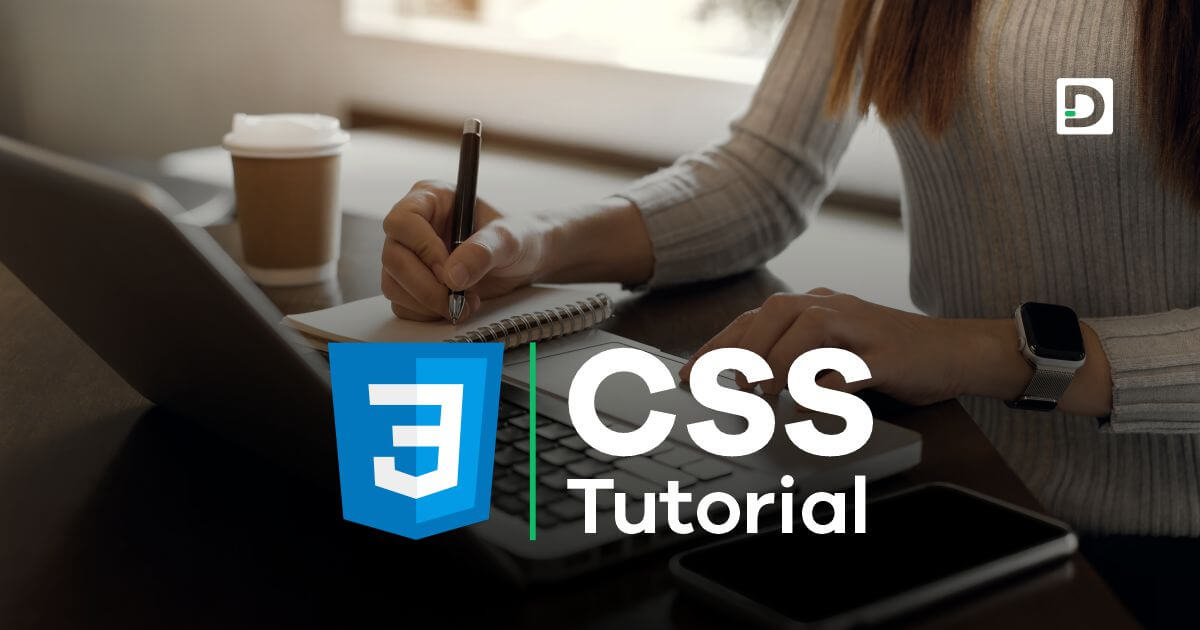Understanding CSS initial and inherit Values
Initial and InheritIn this lesson, we will learn about the CSS initial and inherit values and how to use them in CSS.
CSS initial Value
The initial value is used to reset a CSS property to its default value. It's like hitting the reset button for a specific style property. Let's see it in action with an example:
Suppose you have a paragraph element like this:
<p class="my-paragraph">This is a styled paragraph.</p>And the following CSS rule:
.my-paragraph {
color: red;
font-size: 18px;
}The text inside the paragraph will be red and have a font size of 18 pixels. Now, let's say you want to reset the color to its default value (usually black). You can do this using the initial value.
.my-paragraph {
color: initial; /* Resets color to default */
font-size: 18px;
}Now, the text will be black, as per the default style.
CSS inherit Value
The inherit value is used to make an element inherit a property from its parent element. It's like passing down a style from parent to child. Here's an example:
Consider the following HTML structure:
<div class="parent">
<p>This is a child paragraph.</p>
</div>And the CSS:
.parent {
color: blue;
}By default, the paragraph inside the div will inherit the color property from its parent. However, if you want to override this and make the text blue, you can use the inherit value:
.parent p {
color: inherit; /* Inherits color from parent */
}Now, the text inside the paragraph will be blue, matching the color of its parent div.



